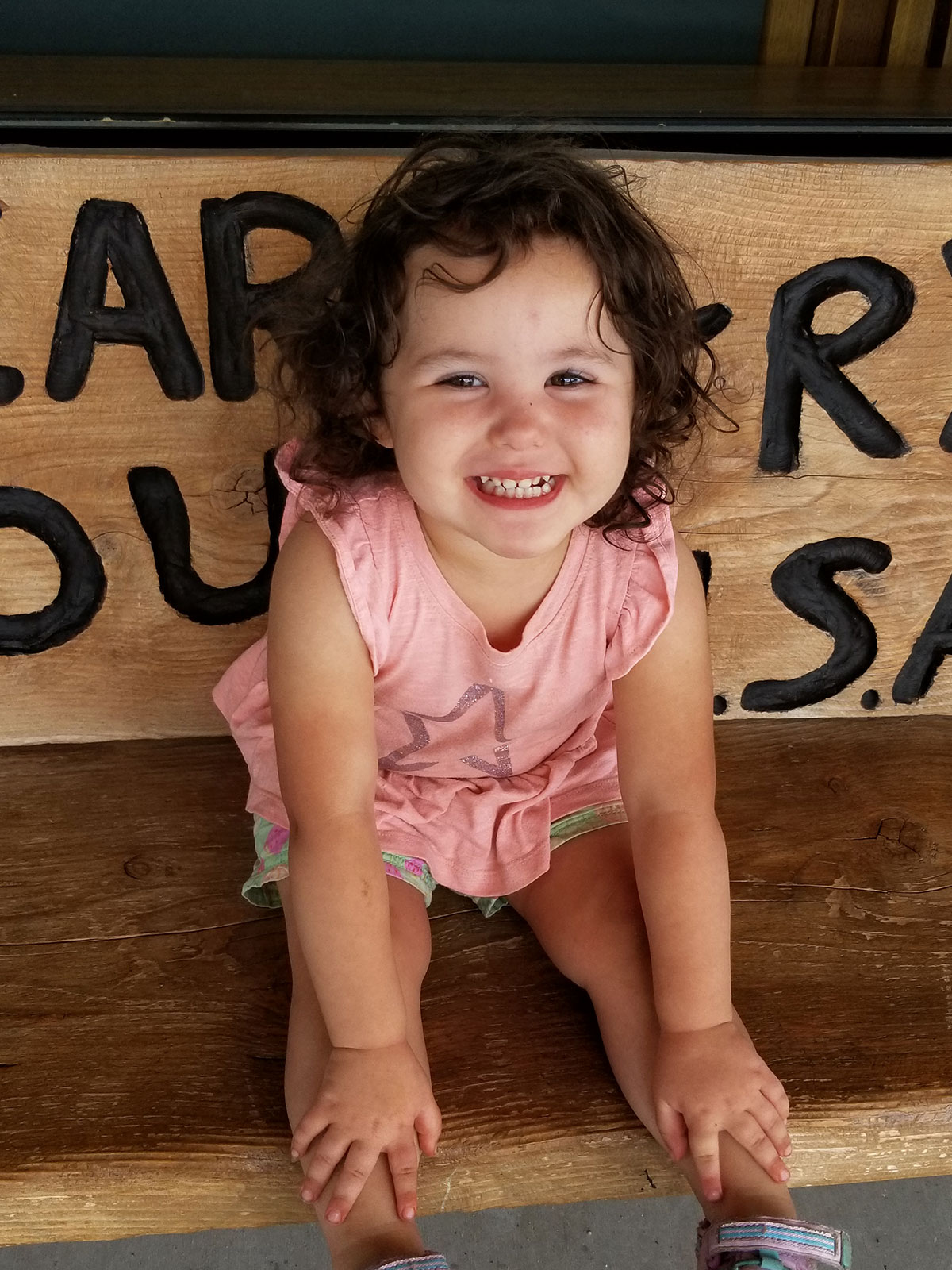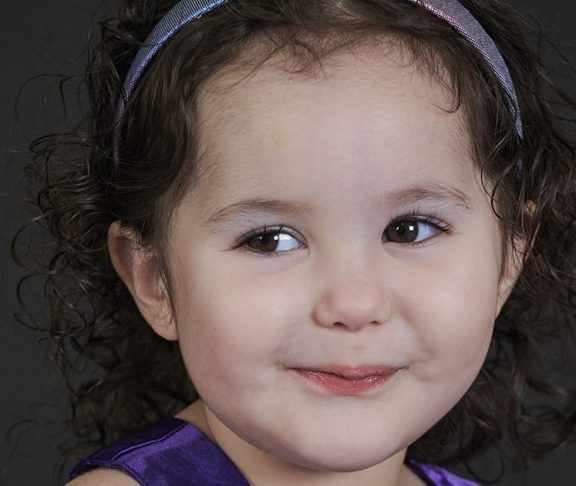
Joy Segovia
Parent Advocate Author, Dravet Syndrome Foundation
March 12, 2018, was the day my family’s life dramatically changed. My 5-month-old daughter Adelina suddenly began convulsing. Her seizure lasted for about 20 minutes. I’ve spent many days and nights since then watching Adelina’s every breath afraid to look away in case the convulsions return.
A few weeks later, after another prolonged seizure, the responding emergency department transferred us to the nearest children’s hospital. The hospital discharged us with few answers, but the reassurance of some negative tests. We left with a bottle of anti-seizure medication, a rescue medication to stop seizures, and an appointment with a neurologist.
We hoped the long seizures would be contained to a short, terrifying season of Adelina’s infancy, and then life would go back to normal.
Desperately hoping
After more prolonged seizures, the neurologist ordered genetic testing. We learned that a single nucleotide in Adelina’s genome randomly miscoded at conception. Mutations on the involved gene cause a spectrum of sodium channel epilepsies. They range from mild, fever-induced seizures in infancy, to a severe, catastrophic form of epilepsy known as Dravet syndrome. We desperately hoped it wasn’t Dravet.
Most of the first year of seizures, Adelina had prolonged, convulsive seizures every one to six months that lasted from 19 to 38 minutes with no other known seizures. Then, seizure frequency accelerated to over 50 myoclonic-astatic seizures daily.

Adelina would abruptly stop, stare blankly, and squat. Her head would droop toward her chest as her arms darted forward and convulsed for several seconds. The frequency of these seizures disrupted Adelina’s ability to play and learn.
Then came a half-hour long seizure during which Adelina was unconscious and completely limp.
Diagnosis
Almost exactly one year after Adelina’s first hospitalization, we returned to the children’s hospital for epilepsy monitoring. She was quickly diagnosed with Dravet syndrome and began taking a newly FDA-approved medication. It mostly stopped the daily seizures but has not reduced the prolonged seizures.
In the year after diagnosis, Dravet syndrome presented in new ways. Adelina developed pneumonia after aspirating vomit during a seizure. She had her first nocturnal seizures. Then came her first pediatric intensive care unit admission due to seizures that weren’t sustainably stopped with medical intervention.
Dravet syndrome can be volatile. It changes with age and comes with many seizure types and triggers. We’ve gone up to six months and as few as four days between ambulance rides.
Additionally, Dravet often causes developmental delays and behavioral challenges. Prognosis is highly unpredictable, and there is no cure.
We draw strength from Adelina’s joy and resilience, and perpetually seek ways to improve her outcomes. New research and upcoming treatment options bring hope, so we fight alongside other families to raise awareness and support toward the search for a cure.

